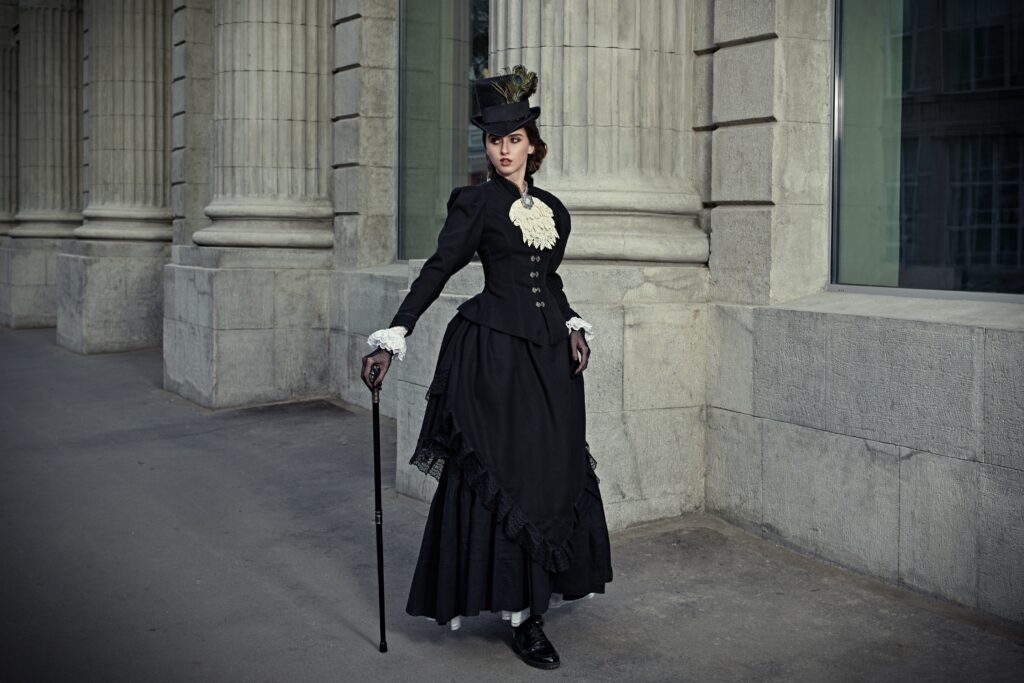Victorian times, spanning from 1837 to 1901, were marked by a variety of popular pastimes that reflected the social norms and technological advancements of the era. Outdoor activities such as croquet, tennis, and cricket were highly favoured, as they offered a blend of socialising and physical exercise. These sports were often enjoyed in the gardens of grand estates or local parks, providing a picturesque setting for both the participants and spectators.
Indoors, literary pursuits held a special place in Victorian hearts. The reading of novels, poetry, and newspapers became a common leisure activity, fuelled by the increased accessibility of printed materials. Public libraries and reading rooms burgeoned, offering a quiet escape into the world of books for people of various social classes.
Theatres and music halls were bustling centres of entertainment, showcasing melodramas, operas, and comedic performances. Music also played a significant role in Victorian leisure, with many homes boasting a piano as a focal point for family gatherings and private recitals.
Leisure and Social Gatherings

Victorian society placed great emphasis on leisure and social gatherings, where members of the upper and middle classes participated in a variety of activities. These events often took place in private homes, gardens or public venues.
Music and Balls
Balls were a significant social fixture attended by the well-to-do. They featured orchestras, dance floors, and were opportunities for socialising and matchmaking. Men and women dressed in formal attire, often adhering to strict dress codes. Popular dances included the waltz, quadrille and the polka.
Music was intrinsic to these events. Pianists, violinists, and small orchestras provided entertainment. Some households even had in-house musicians. Singing and playing instruments were also common, with music sheets being widely available.
Literary Salons and Reading Groups
Literary salons were gatherings spearheaded by educated women, often held in private homes. These meetings fostered discussion on books, poetry, and current affairs. Participants would read aloud and debate ideas, often inviting prominent authors and poets to speak.
Reading groups were also popular. They might focus on specific genres or authors, and discussions could be intense. This intellectual environment provided a platform for sharing knowledge and social bonding.
Garden Parties and Picnics
Garden parties were outdoor social events, often hosted in private estates. They featured elaborate decorations, games like croquet and lawn tennis, and extensive refreshments. Guests dressed in light, elegant summer wear, reflecting the informal yet sophisticated atmosphere.
Picnics, although simpler, were immensely popular across all social classes. Families and friends would gather in public parks or countryside spots, bringing homemade food. Simple activities like walking, sketching and playing with pets often accompanied these gatherings, offering a relaxing escape from daily routines.
Games, Sports, and Outdoor Pursuits
The Victorians enjoyed a range of recreational activities, from competitive sports to leisurely pastimes. These activities often reflected societal values and technological advancements of the time.
Cricket and Rowing
Cricket was immensely popular, with matches attracting large crowds. Men from various social classes played, though it was particularly favoured by the upper classes. Cricket clubs formed, and matches were often held on village greens. Equipment included wooden bats, leather balls, and stumps.
Rowing also gained prominence, especially among students at prestigious universities such as Oxford and Cambridge. Annual rowing competitions like the Boat Race became significant events. This sport required teamwork, strength, and strategy, making it a celebrated activity.
Fox Hunting and Fishing
Fox hunting was a traditional sport among the upper classes. It involved riding horses, chasing foxes with a pack of hounds. This activity was both a display of horsemanship and a social event, often followed by lavish gatherings.
Fishing provided a quieter form of recreation. It ranged from angling in rivers and streams to deep-sea fishing expeditions. It was accessible to various social classes, with some regions renowned for their rich fishing grounds.
Archery and Croquet
Archery saw a revival during the Victorian era. It became a fashionable pastime for both men and women, symbolising grace and precision. Archery clubs emerged, offering structured environments for enthusiasts. Competitions were organised, and equipment improved, with more advanced bows and arrows.
Croquet gained popularity in the mid-19th century. It was played on lawns, with participants using mallets to hit balls through hoops. This game was particularly favoured by women, allowing for social interaction in an outdoor setting. Croquet sets became common household items, reflecting its widespread appeal.
